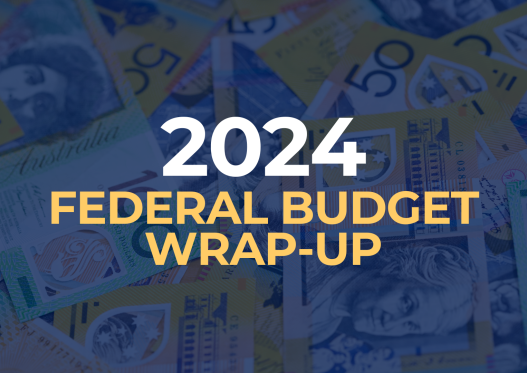Weak productivity and supply-side challenges continue to impact the New Zealand economy. But the disinflation process is underway and interest cuts are on the horizon.
According to the 2023/2024 budget papers, New Zealand Treasury expects a structural operating (OBEGAL) deficit of around 1.5 per cent of GDP this financial year. The OBEGAL deficit is likely to get to NZ$13.4 billion in 2024/25 and return to a surplus of NZ$1.5 billion in 2027/28. Net core government debt as a share of GDP is expected to peak in 2024/25 at 43.5 per cent of GDP, before dropping to 41.8 per cent of GDP in 2027/28.
The budget delivered the National Party’s pre-election tax cut promises, as well as funding for education, law and order and infrastructure. It lays out a gradual trajectory for the economy’s return to surplus, but not immediately.
“The weak economy and high inflation challenges place policymakers in a tricky position. The fiscal outlook remains challenging,” HSBC economist Jamie Culling told FINSIA members during a webinar the morning after the budget was handed down. 
“It's been tough times for the New Zealand economy and high inflation continues to be the primary challenge, despite sluggish growth and cracks starting to appear in the labour market. Ongoing deficits have been pushed out by another year and the economy faces a long, slow road to fiscal consolidation,” he says.
Culling anticipates the tax cuts announced in the budget will cost around NZ$14.7 billion over four years, NZ$3.7 of which will occur in the coming year.
“This will be partly offset by a range of savings initiatives, such as closing down some
programs for which funding is due to expire, and a range of other measures designed to make the tax cuts as neutral as possible,” he says.
Like many countries, New Zealand’s economy is still facing structural challenges that were evident before the pandemic, such as weak productivity and high inflation.
New Zealand’s inflation rate has dropped from a peak of 7.3 per cent in mid 2022 to 4.0 per cent now.
“The good news is disinflation is happening. The bad news is inflation is still too elevated,” said Culling.
The Reserve Bank of New Zealand’s (RBNZ’s) target inflation band is one per cent to three per cent. The RBNZ says annual consumer price inflation should return to its 2.0 per cent target midpoint in the June 2026 quarter.
“Inflation back in the RBNZ’s target band is going to open up the door for a rate-cutting cycle. Keep in mind that we're not talking about cuts into stimulatory territory. We're talking about ultra-tight monetary policy becoming slightly less tight,” says Culling.
Right now, the RBNZ’s key concern is strong domestic inflation. Consequently, New Zealand’s central bank has maintained a more hawkish than expected bias to monetary policy. The kiwi cash rate is currently 5.5 per cent.
“The high inflation challenge has persisted, despite the weak economy. GDP has contracted in four of the past five quarters, one of the deeper contractions globally. Consumer confidence is weak as household consumption has been constrained by the impacts of high inflation and high interest rates,” Culling says.
Annual economic growth fell to 0.6 per cent in 2023, down from 2.4 per cent in 2022. On a quarterly basis, seasonally-adjusted growth fell to -0.4 per cent in the December 2023 quarter. Two quarters of negative growth place the New Zealand economy in a technical recession.
Turning to current economic conditions, there are signs the jobs market is weakening. The Kiwi unemployment rate rose to 4.3 per cent in the March quarter, up from 4.0 per cent in the December 2023 quarter.
“This is the normal transmission process after monetary policy tightening. The RBNZ needs to see loosening in the labour market to have confidence inflation is getting back to target,” said Culling.
“The RBNZ is doing its job and weakening demand to get inflation down. But the supply side of the economy, which is outside its control, is constrained. The key factor constraining supply is notably weak productivity.”
As for the path ahead for New Zealand’s economy, Culling says Treasury needs to address a structural deficit of about 1.5 per cent of GDP. But the options for doing this are limited.
“Tax rises seem unlikely, given the tax cuts delivered at this year’s budget. Fiscal restraint is one way to address the structural deficit. But the other challenge is lifting productivity, which the budget speech didn’t address,” he says.
Like many government such as Australia, New Zealand will need to lift productivity levels to really get its economy humming again.







